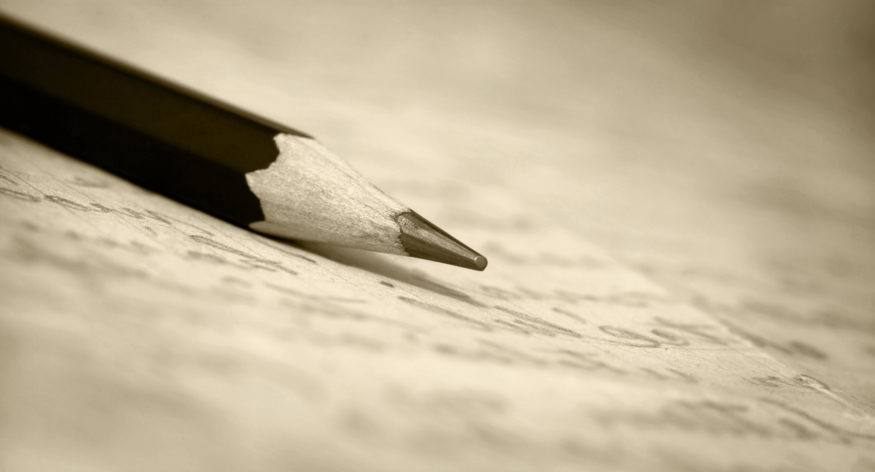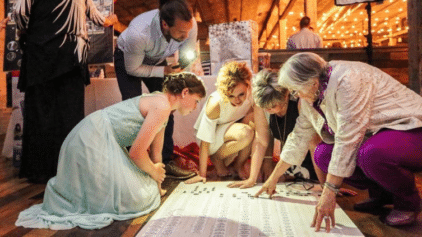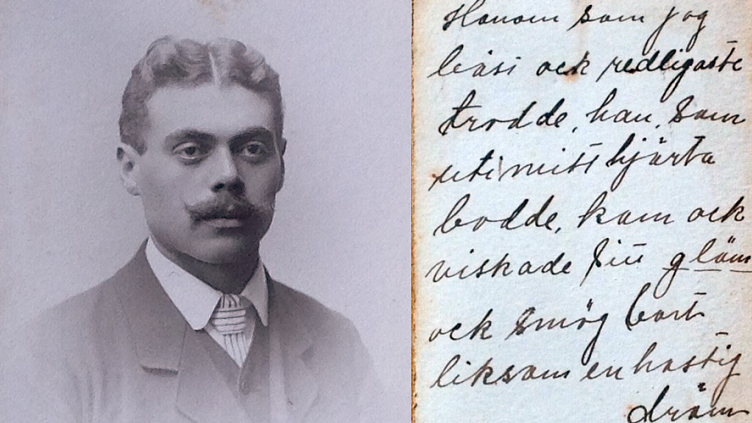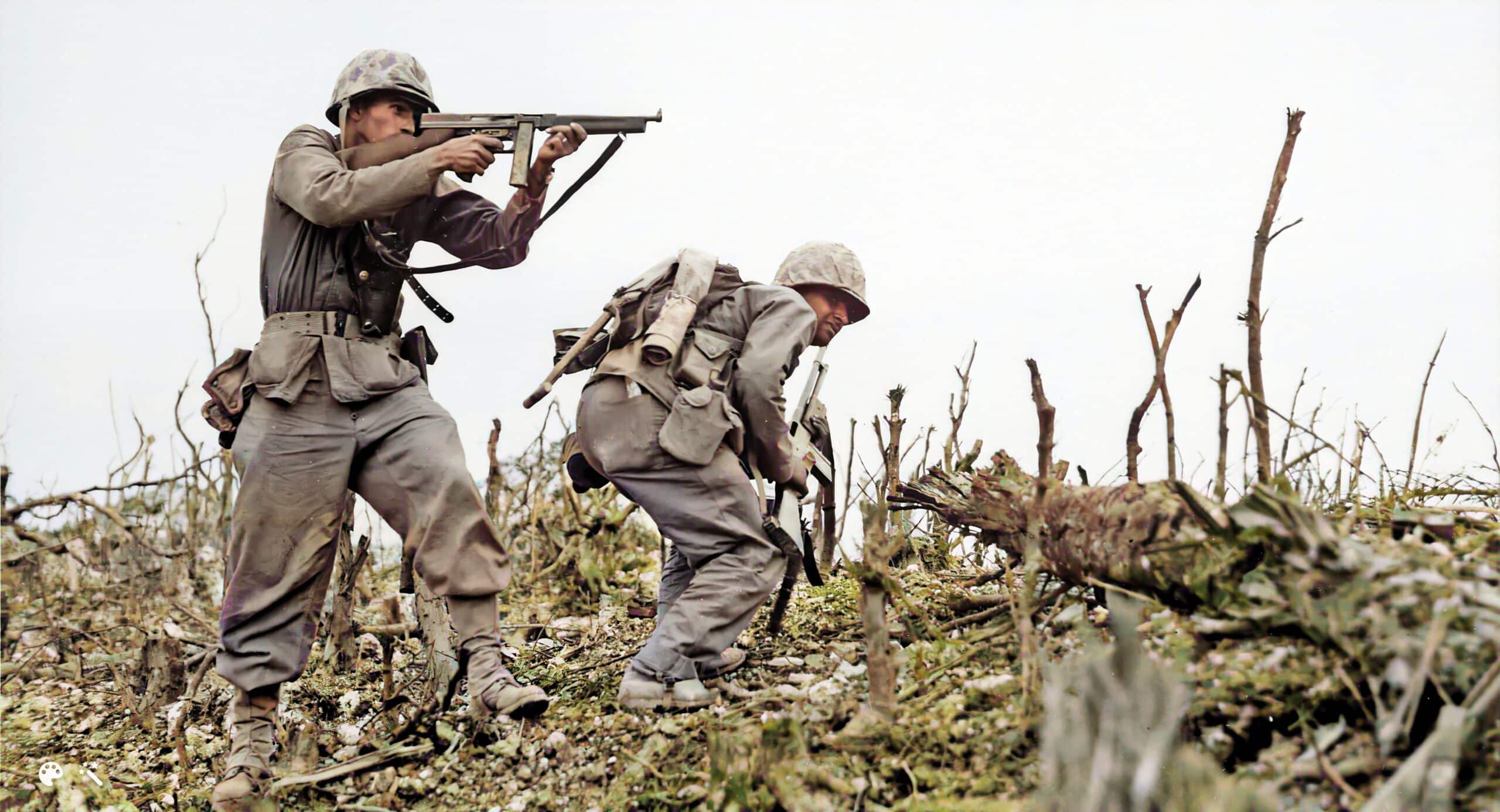You also need to realize that sometimes their names may be shortened (i.e Thos. For Thomas) I ran into this problem and it took me over a year to realize Thos. Was Thomas and the same person


Contributing author Schelly Talalay Dardashti is the US Genealogy Advisor for MyHeritage.com
As family historians, we must be prepared for many languages that impact our research.
When we must deal with foreign languages, unfamiliar alphabets or archaic handwriting, we need to know where to find help. As we learn to read these alphabets and handwriting, we can understand how and where mistakes were made in our names.
Reading through transcribed online passenger manifests and census images for the names we know can be enlightening. I skipped over someone named Menchel Tallelsy until I looked at the actual manifest image – It was our cousin Mendel Talalay. The D was scrawled and the transcriber thought it was a separate C and H, instead of the correct D. I recognized TALLELSY immediately as TALALAY, but then I’ve been looking at even stranger forms of this name for a long time.
The more you look at old handwriting, the better you’ll be able to read it. There are also some excellent online resources for this task, listed at the end of this article.
If you can, start with records or documents in a language you already know to become familiar with the challenges.
TIPS
No matter how good you think your eyes are, use a magnifying glass. I never understood why people in the library always had them. After some major eye strain, I went out and bought one.
A journalist’s motto – and a genealogist’s – is always “Do Not Assume.” Read carefully and slowly to decipher the words. Ask others to read a listing and see if they can decipher it. Several pairs of eyes are always better than one.
Check your document for confusing letters and see if other words on the same page might have them. If the letter form is in a word you can read, use it to decode the others. If days and months are indicated, they can be useful in decoding letter combinations to unravel the other puzzles.
If possible, scan the document and use a photo-editing program to enlarge specific words and then crop individual letters to print out. You’ll have a handy-dandy poster to hang on your wall. Sometimes reversing the colors also helps, so try using white letters on a black background.
I’ve participated in transcription projects of cemeteries totaling 85,000 burials in two major cemeteries. The records were in Hebrew and needed to be transliterated into English for an online worldwide cemetery registry. The golden rule is always to transcribe whatever is there, exactly as-is, complete with errors, but since Hebrew is a phonetic language and usually written without vowels, the names are open to interpretation.
When the names were recorded, the often Eastern European clerks were faced with names to record and spell in Amharic (Ethiopian), Farsi (Persian), Greek or Spanish. In our transliterations, we needed to try to discover the ethnic origins of unusual names, the pronunciation and a more correct English spelling.
In general, transcribers in large projects need to be familiar with common names and places with competency in historic handwriting (paleography). Those who are familiar with certain ethnic common names and handwriting may see the letters clearly and unambiguously. Others, with no frame of reference, have a more difficult time. However, the errors may eventually help and provide more information. Keep your original documents saved, so you can always refer to the original – and the problem – when analyzing your findings.
For good practice, read through a wide variety of passenger manifests. Some are beautiful examples of calligraphy; others are scribbled with leaky pens, complete with ink blotches. With many names on each manifest, review them and train your eyes. If you come across a familiar name or place, use those clues to decipher other names.
Check online and at specialty websites for handwriting aids and transcription manuals for different languages. Local family history centers have finding aids, alphabet charts, abbreviation lists and more. Collect those pertinent to the countries and languages you are searching. Join Facebook groups specializing in ethnic research or translation, and another great source is the MyHeritage Community Forum with many global members. You might find experts who can easily read the words with which you are having trouble.
A CONFUSION OF LETTERS
Confusing letters are not only found in the middle of words. The initial letter may also be hard to read and lead to running up the wrong research road or coming to a brick wall. Over the years, and when dealing with the Ellis Island database, I discovered these letter groups are often confused when trying to read old documents or handwriting:

Also, think about what certain letters sounded like in various languages, particularly when the speaker had an accent: B-P; D-T; F-P, F-V, G-K, J-Y, S-Z, V-B, V-W, W-R. C-S, CH-SH, R-RR, L-LL.
Vowels are also a problem. I, IE. EY, J and Y can be substituted for each other. AI-AY-AJ all sound the same. A name that begins with an A can begin with an O or a U, so check each spelling.
I’ve listed some examples of language aids online. There are many more. Try to look at some that focus on your family origins. I’m interested in hearing your comments and what you’ve found. If the database you are searching has the option for “contains,” try using the name written without the first letter.
ONLINE RESOURCES
Denmark – Alphabets & Handwriting Styles
Danish documents may be written in heavy black German-style Gothic letters. Try this link for assistance.
English Handwriting 1500-1700
A Cambridge University free class with high-resolution document images and exercises.
UK National Archives – Paleography
England again, this time 1500-1800, with assistance for reading and transcribing old documents in an online interactive tutorial.
The Polish Genealogy Project
Very useful page with many additional links
Scottish Handwriting
Tutorial on historical handwriting, 1500-1750, and assistance with other problems.
Moravians – German Script Tutorial
German script from Moravia.
Old German Handwritten Scripts
Although the site is in German, it isn’t that hard to navigate. There are documents, alphabet fonts and other helps to read old German handwriting.











Mary
December 9, 2016
Glad there is help to fine answers